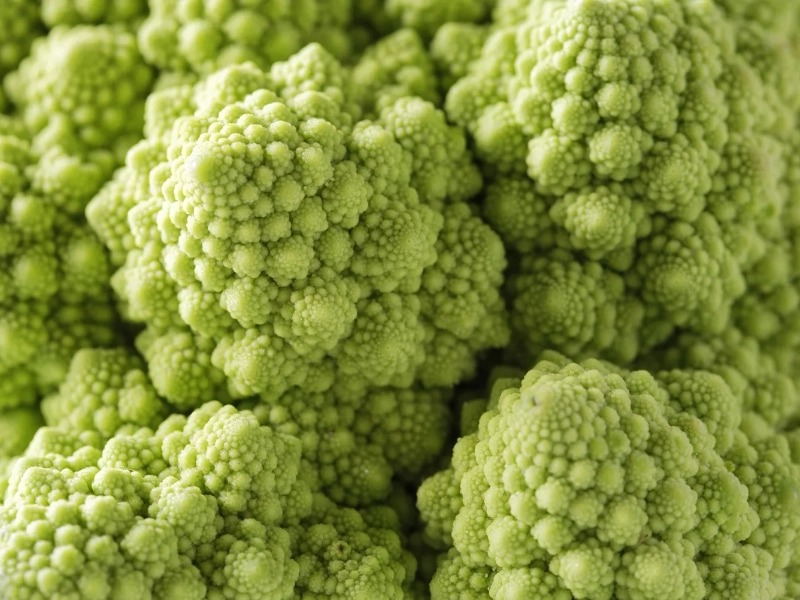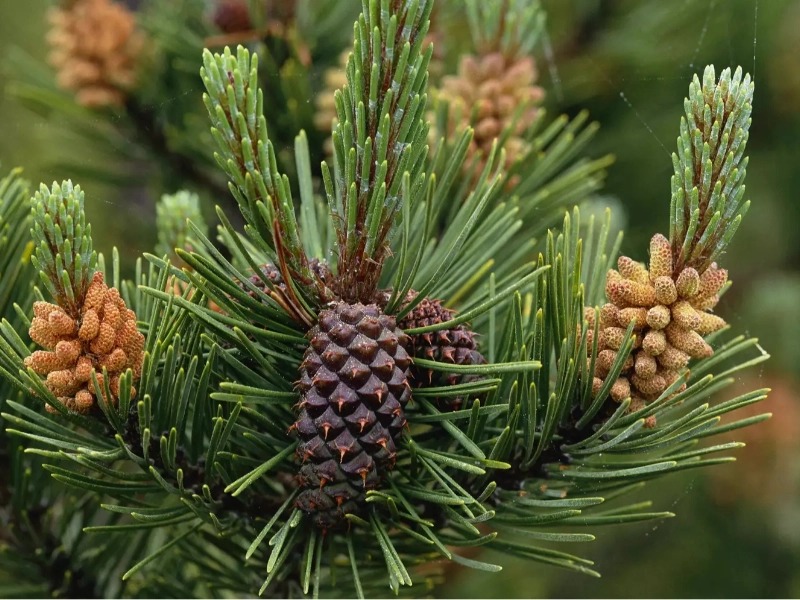
9 Amazing Fractals Found in Nature
By • Last Updated2. The Magnificent World of Pine Cones: Nature’s Mathematical Marvels

Pine cones, scientifically known as strobili, are marvels of natural design and precision, crafted by evolution with a blend of form and function. These woody, scaly structures found on coniferous trees are more than decorative additions to the forest—they serve as vital reproductive organs that house the seeds of future pine trees. The intricate design of a pine cone reflects the beauty and ingenuity of nature, combining aesthetics with purpose over millions of years.
A close look reveals a mesmerizing spiral pattern created by its scales, a design both visually appealing and functionally essential. This pattern isn’t random but follows the Fibonacci sequence, a mathematical series where each number is the sum of the previous two (1, 1, 2, 3, 5, 8, 13, and so on). This sequence optimizes the packing of seeds within the cone, ensuring maximum protection in limited space and increasing the pine tree’s chances of successful reproduction.
This mathematical precision extends beyond the spirals. In many pine cones, you’ll find Fibonacci numbers in the number of spirals—often with five or eight in one direction and eight or thirteen in the other. This consistency across various pine species highlights fundamental principles in nature’s growth patterns, known as phyllotaxis, which fascinate botanists, mathematicians, and artists alike.
Pine cones also exhibit remarkable adaptability. Through a process known as hygroscopic movement, they respond to humidity and temperature by opening and closing. In damp or cold air, the scales close tightly, shielding seeds from moisture, which could trigger premature germination or foster fungal growth. In warm, dry conditions, the scales gradually open, releasing seeds to the wind at just the right moment for germination and growth.
This opening and closing are driven by the pine cone scales’ structure. Each scale has two layers of tissue that react differently to moisture. As the outer layer dries, it contracts while the inner layer remains stable, causing the scale to bend outward. When exposed to moisture, the outer layer expands, closing the scale again. This adaptive mechanism enables seed release under optimal conditions, showcasing nature’s efficiency.
Historically, the pine cone’s sensitivity made it a rudimentary weather predictor in some cultures. People would hang pine cones outside, observing whether they opened or closed to anticipate dry or rainy weather. Though less accurate than modern forecasting, this tradition underscores the keen environmental awareness of past generations and their understanding of natural cycles.